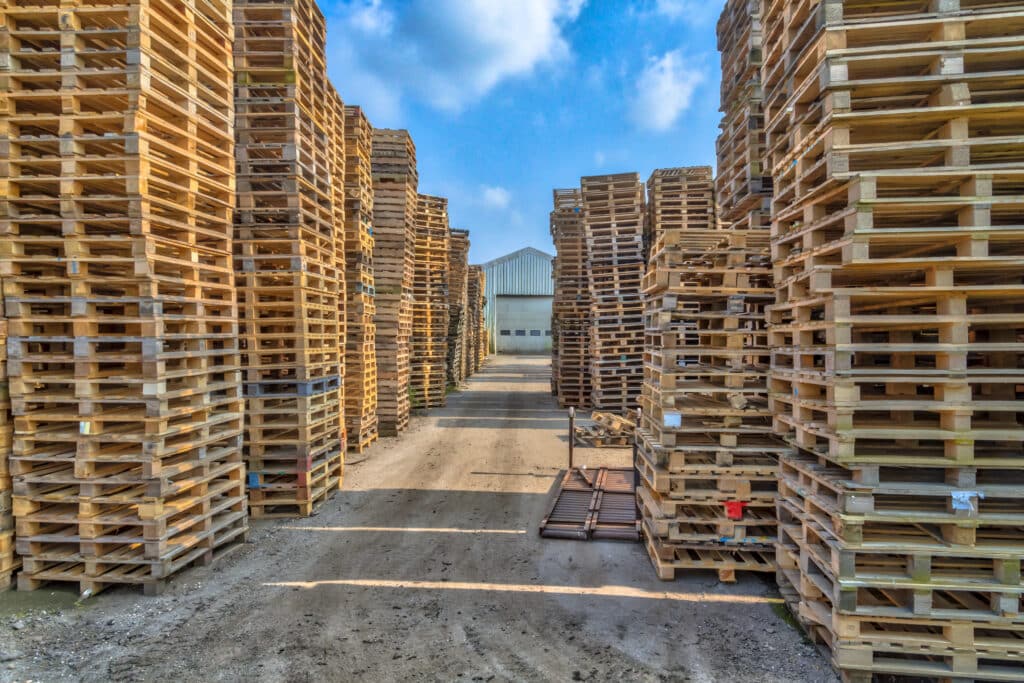They’re considered the workhorse of the supply chain. And they’re often used in DIY projects. But what you may not know about pallets could surprise you.
- A lot of engineering goes into a pallet. The type of wood, deck board and stringer placement, and fastener styles all factor into its design and make a pallet suitable for a specific job with a specific load-carrying capacity. This engineering is critical to reducing manufacturing costs and lowering environmental impact. That’s why Rose Pallet uses sophisticated software called the Pallet Design System or PDS to analyze and design the best, most efficient, and cost-effective pallet for any need.
- Trees are generally not cut down to make pallets. The wood used for pallets is a by-product of the timber used in the construction of houses and furniture.
- The most common size pallet is the 48×40 four-way pallet. This pallet has deck boards of 40 inches and stringers of 48 inches. It’s used for heavy loads (or general-purpose systems that might have heavy loads). Plus, these pallets are stackable and fit nicely together when not in use.
- Pallets have the highest recycling rate of any packaging material available. Approximately 95% of pallets are recycled or repurposed into boiler fuel, mulch, wood pellets, or animal bedding rather than entering a landfill. Recycling just 100 wood pallets saves 2.81 CO2 emissions per month, which is equal to removing 10 cars off the road (source).
- Billions of dollars of trade are imported and exported annually using wood pallets and containers. Seamless global trade is facilitated, in part, by the pallet industry and its ISPM 15 program, which significantly reduces the spread of invasive species from other countries to our forests.
